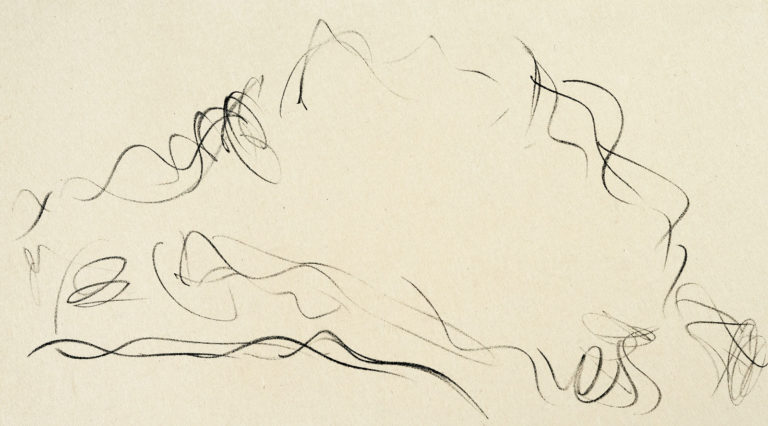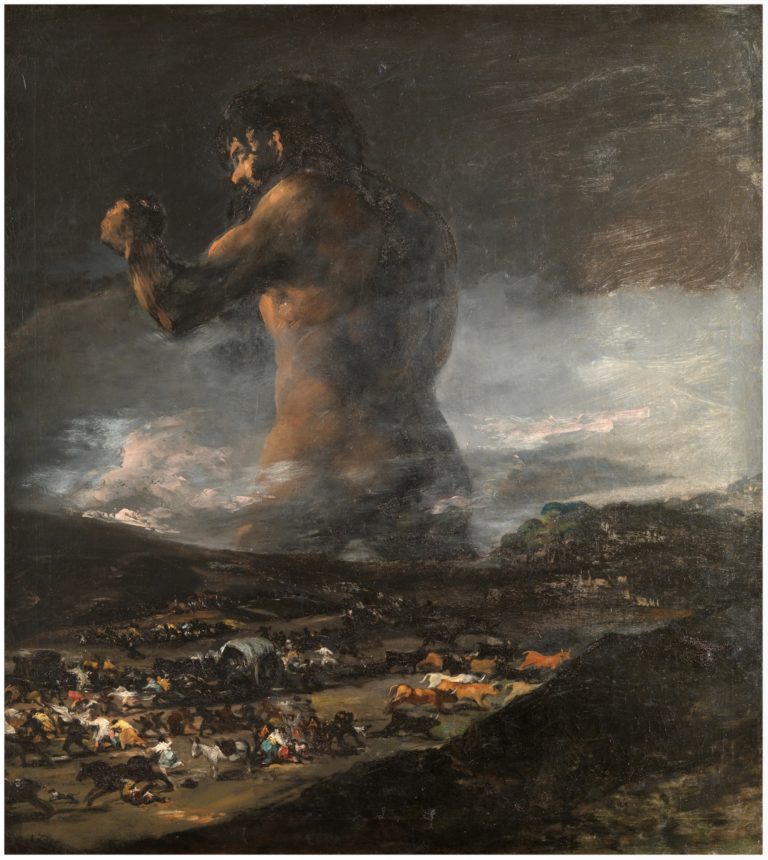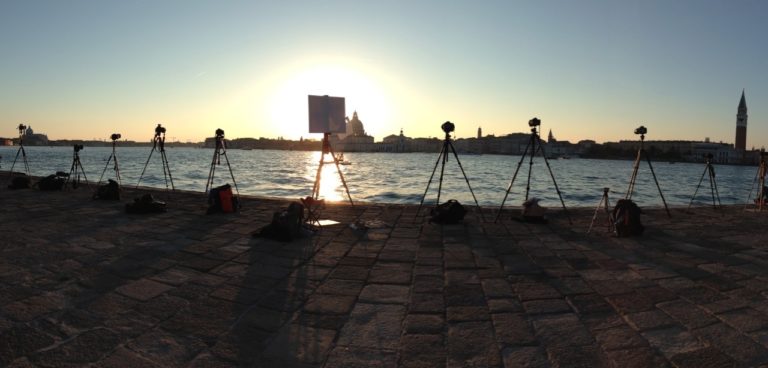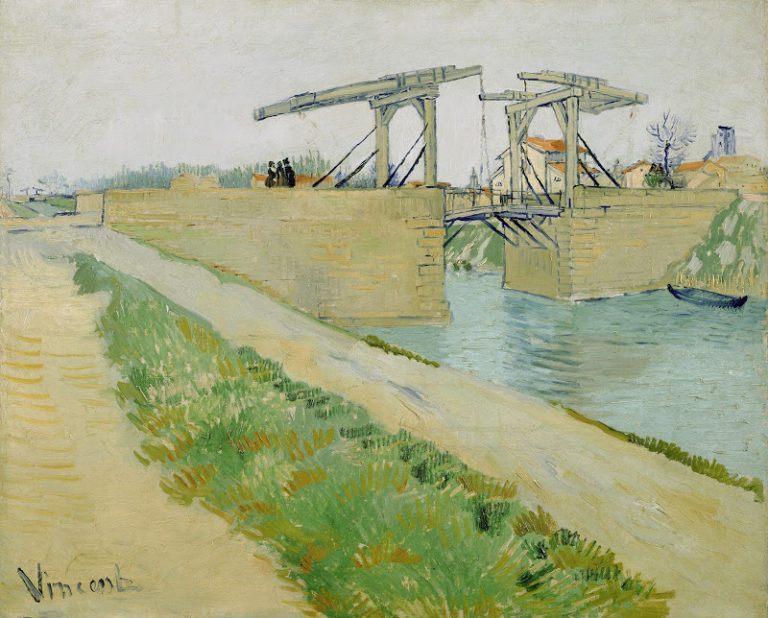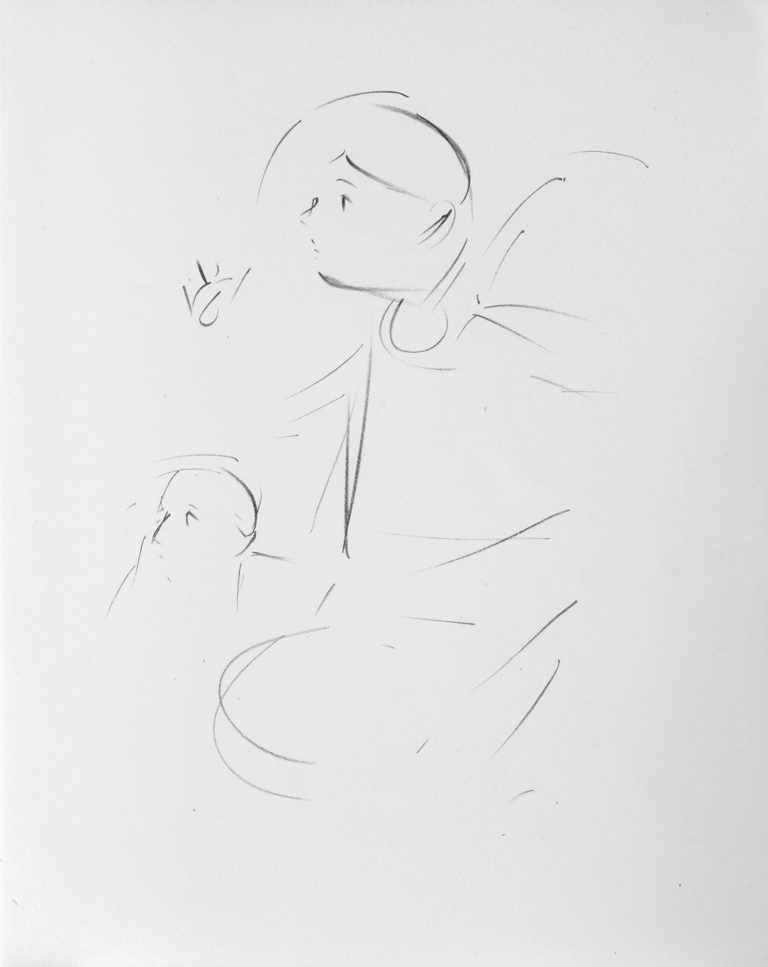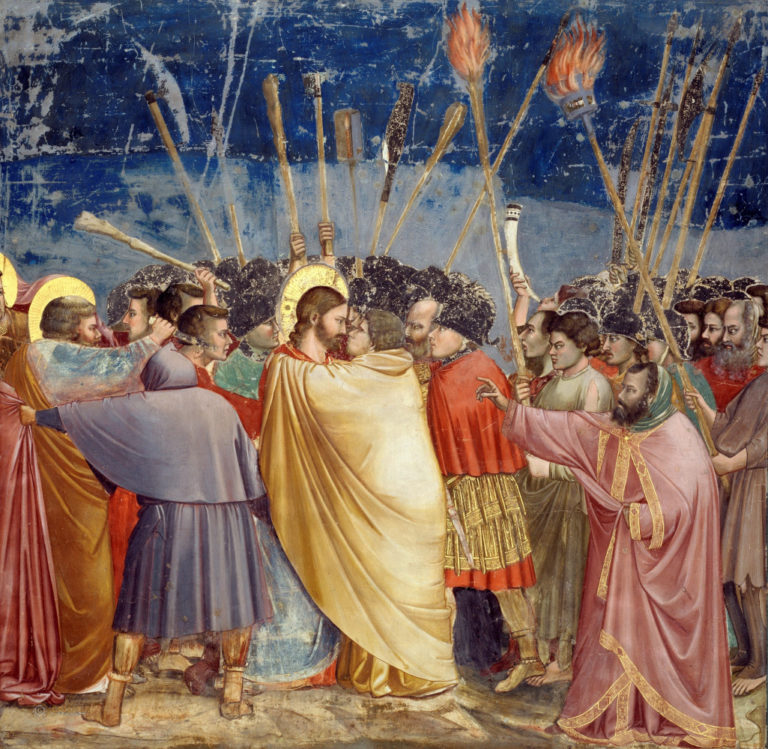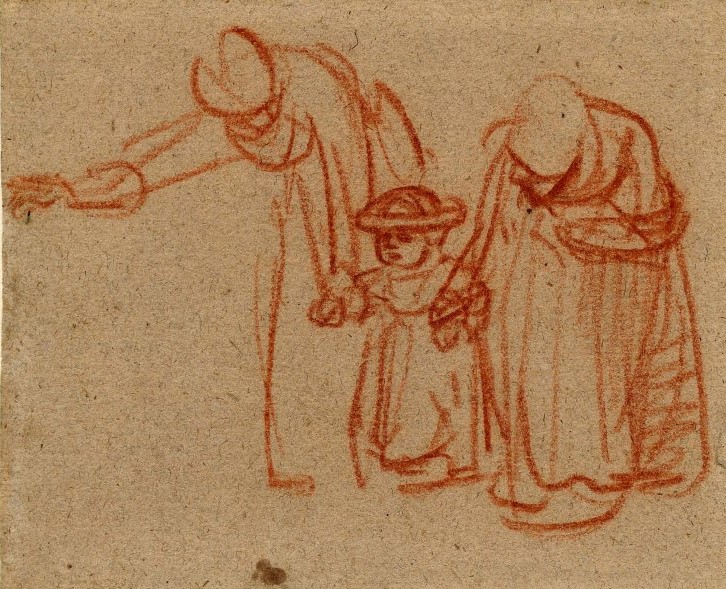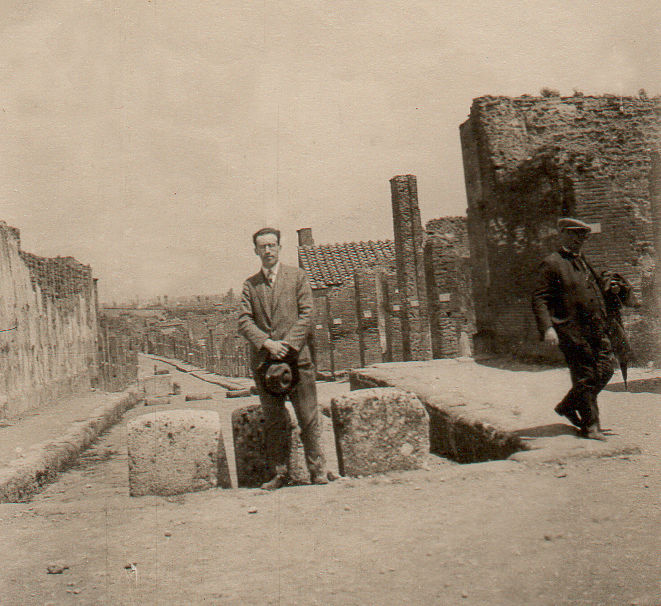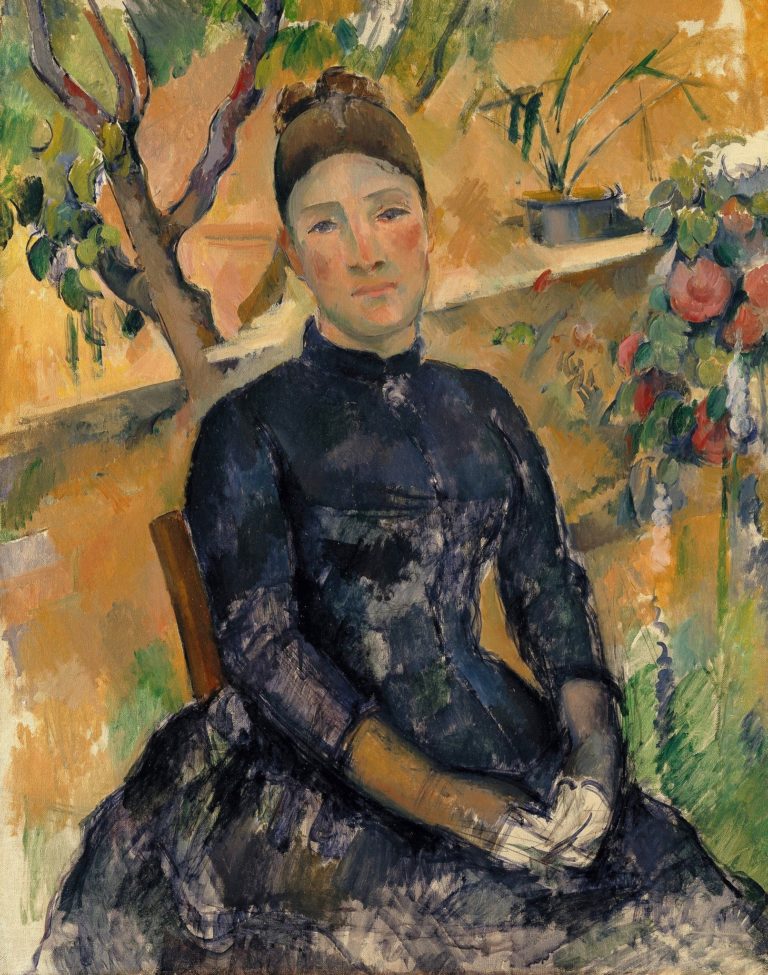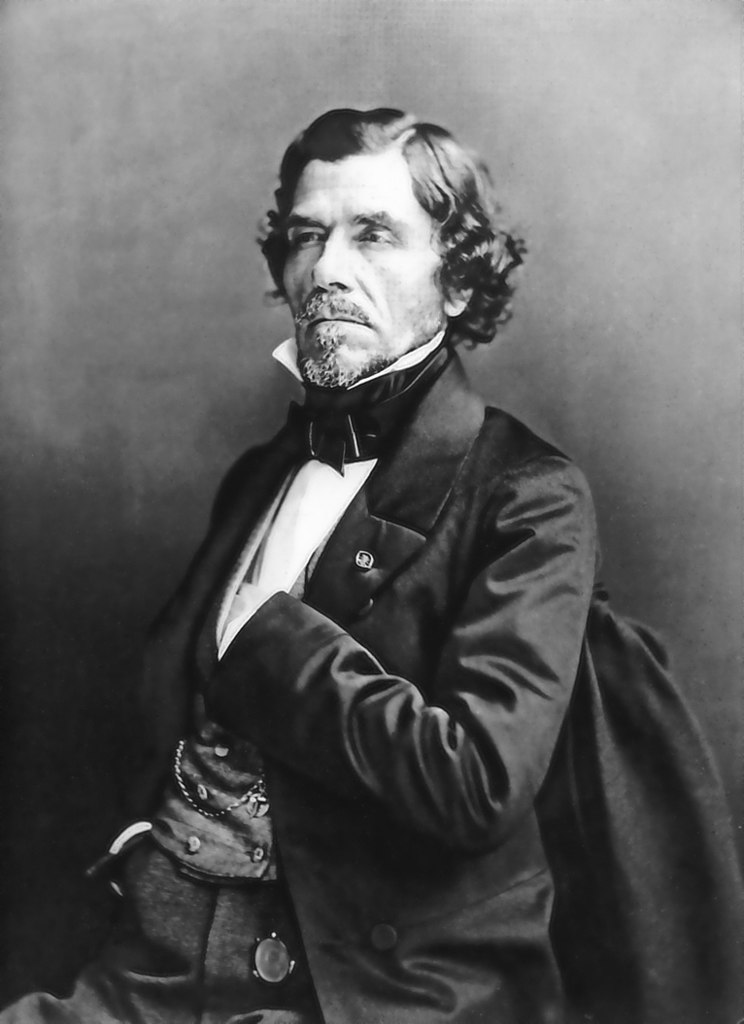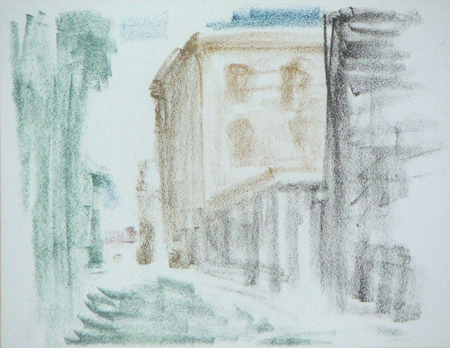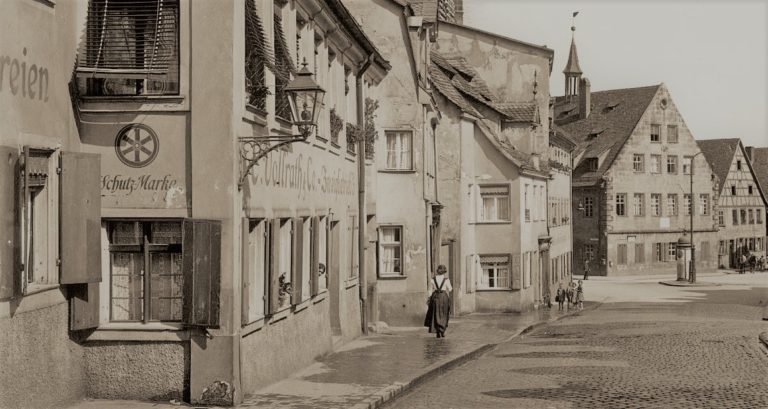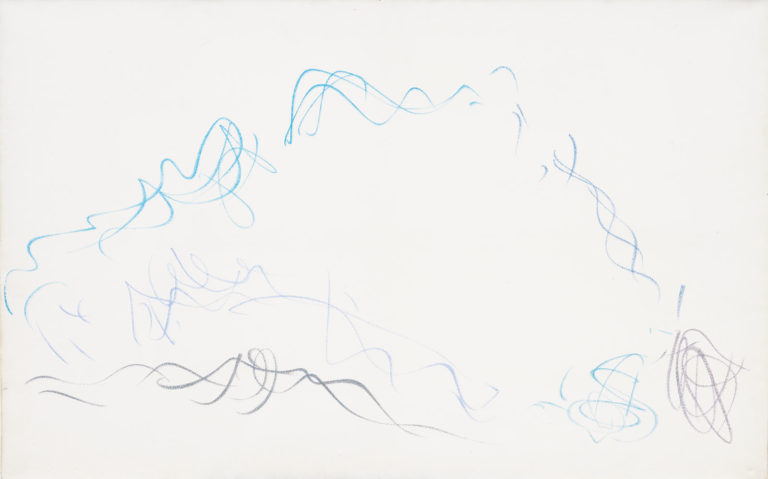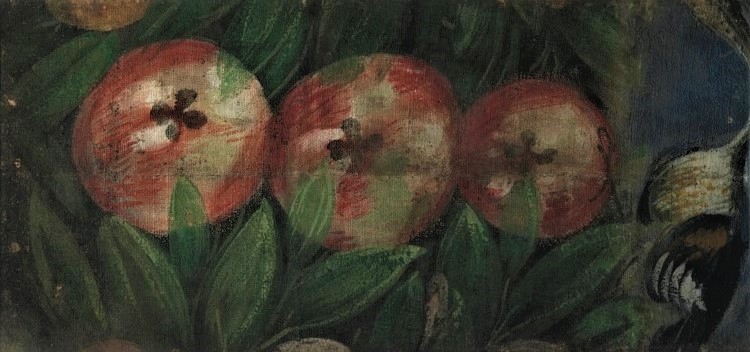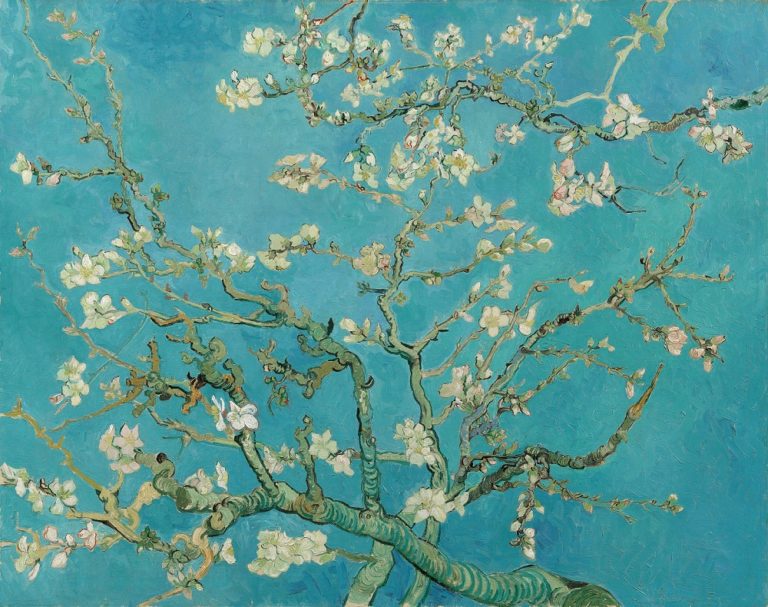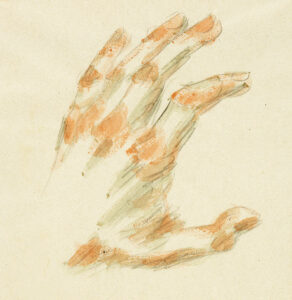Une table au Tholonet
Les enregistrements Marchutz — Réflexions sur l'art
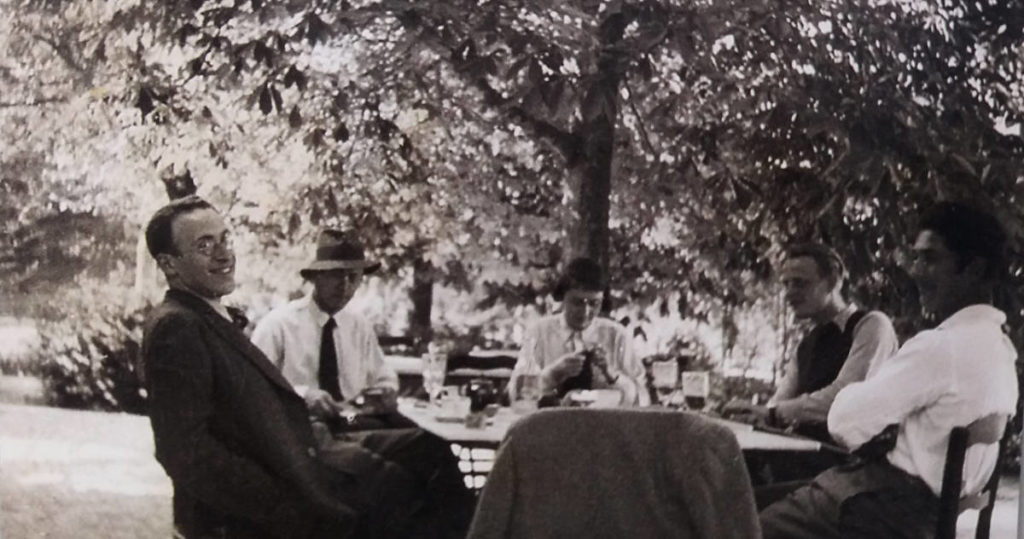
— Repas au Tholonet (1936), extrait de l’album Château-Noir 1933-1937, Ed. Atelier 48 BIS
Par une chaude soirée d’été, au début du mois de juillet 2019, un groupe d’une vingtaine de personnes s’est réuni pour dîner autour d’une grande table en plein air au Tholonet. Rassemblés par leur engagement envers l’héritage de Léo Marchutz, ils représentaient près de quatre générations d’histoire de l’école Marchutz, y compris les étudiants actuels et anciens, les professeurs et les sympathisants.
La conversation fut vivante et variée, passant de la philosophie de l’art aux défis du maintien d’une pratique en atelier, des finesses de la théorie de l’éducation à la question de la place de Léo Marchutz dans l’histoire de l’art moderne. En d’autres termes, elle n’était pas si différente des conversations que nous aurions pu avoir il y a près de 50 ans, lorsque l’artiste d’origine allemande était encore en vie.
Nous avons créé ce blog pour faire connaître aux lecteurs la transcription récente d’une série d’entretiens enregistrés sur cassette entre Léo Marchutz et ses étudiants entre 1974 et 1976. Chaque article contient un bref extrait de ces transcriptions, sélectionné par une personne ayant un intérêt marqué pour Marchutz et ses théories sur l’art.
Les différents articles de ce blog ont été écrits par des personnes de langue anglaise.
Pour rester fidèles à leur propos, nous avons choisi de ne pas traduire leurs textes et de vous les proposer dans leur langue originale.
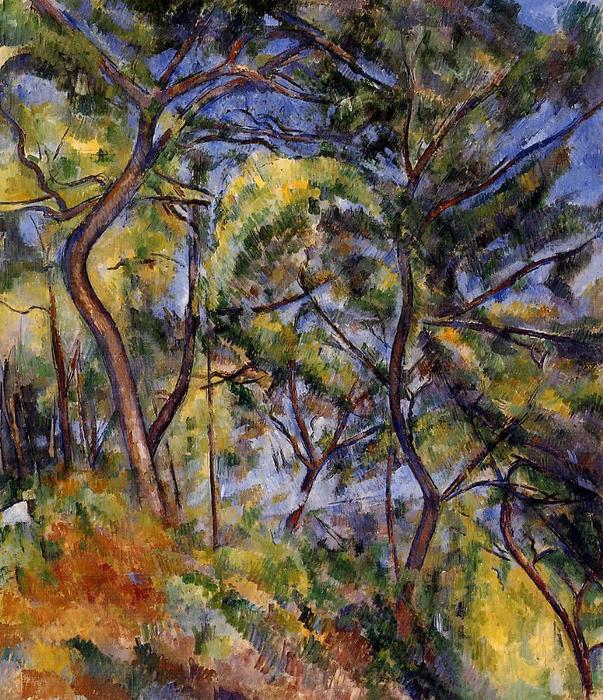
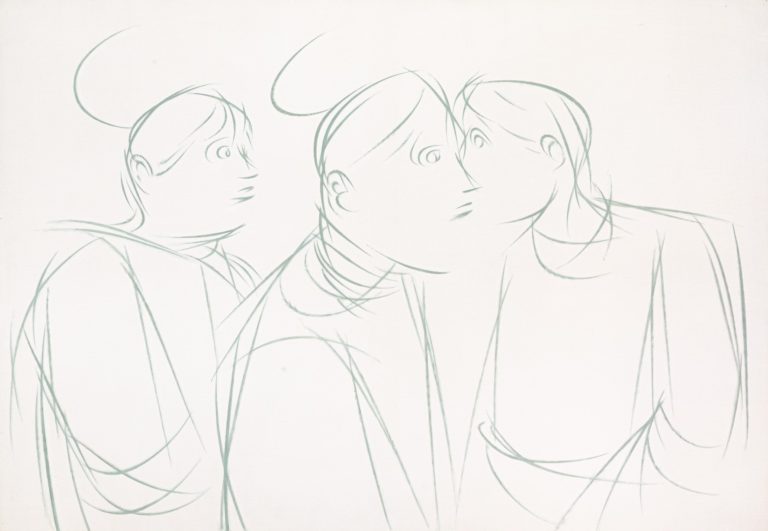

Les enregistrements Marchutz
« Nous sommes venus avec un magnétophone avec la double intention de documenter la voix de Léo et sa sagacité artistique, et en même temps d’essayer de lui remonter le moral, ne serait-ce que pour une heure ou deux.
Se souvenir de Léo tel qu’il était alors, c’est se souvenir de la sagesse qu’il nous a transmise de manière si désintéressée. C’est, non seulement, se souvenir de ce qu’il a dit, mais aussi de la façon dont il l’a dit. »
—
Extrait de Leo & I and the Ghost of Cézanne: A Memory of Art and Provence, par William M. Weyman (Daedalus Gallery)
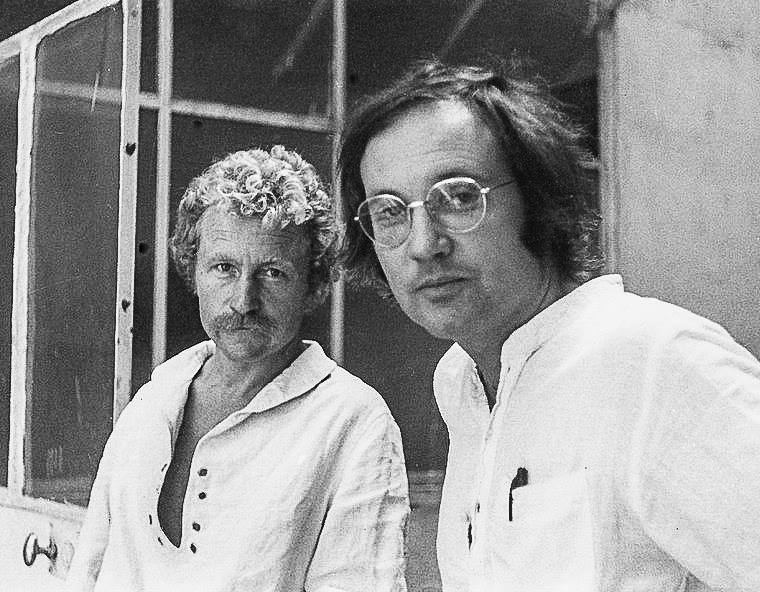
Sam Bjorklund et William Weyman (1978)
Cofondateurs de l’école de peinture et de dessin Leo Marchutz et initiateurs des enregistrements Marchutz.
